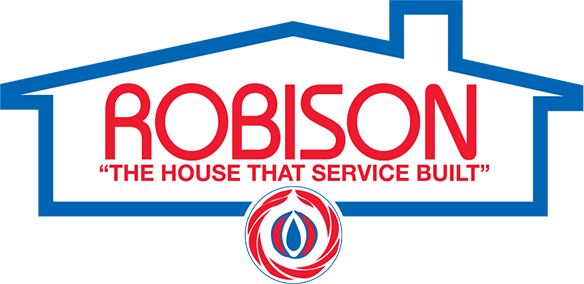Green Energy Tips
“Green energy” means more than using solar panels or wind turbines to power equipment. It also means using our earth’s natural resources wisely as a substitute for any otherwise power-reliant activity.
By going “old school” or by reducing needless energy waste, we can all do a lot to reduce our dependence on expensive and limited planetary resources and lower our energy costs as well.
The average U.S. family spends nearly $2,000 on home utility bills, with more spent in the colder Northeast. And a good amount of that energy is wasted through overuse and poor home energy containment. Start making even small changes today, and you can reduce your energy consumption by up to 25%.
-
One of the most significant green energy initiatives you can make quickly is to schedule home energy and indoor air quality audit with ComfortSave Solutions today. By ensuring that your home’s ducts, walls, attic surfaces, windows, and doors are properly sealed and insulated, you can greatly reduce your home’s energy costs and impact on the environment.
Replace older energy systems and appliances with today’s ENERGY STAR® models. This alone can operational costs and energy dependency significantly. Robison can recommend and install the best solutions for your home’s needs.
Install a programmable thermostat to manage your home’s seasonal temperature requirements more effectively, including reducing the output when no one is home.
Only run your dishwasher when it is full, and air dry rather than using the drying cycle. The same goes for clothes washers. Also, hand dishwashing only requires 4 gallons per use, while automatic dishwashing requires 12 gallons.
Turn off lights, computers, and computer monitors in all rooms when not in use.
Unplug any plugs when not in use (e.g., phone and laptop chargers). These items still use electricity while seemingly dormant.
Lower the thermostat in your hot water heater to 120°.
Take short showers instead of baths.
Clean or replace filters once a month, or as recommended by the manufacturer.
Clean air registers, baseboard heaters, and radiators regularly – and make sure they are not blocked by furniture, carpeting, or drapes.
If you have hot-water radiators, call on Robison to bleed trapped air from them once or twice a season.
Also, ask Robison to drain a quart of water from your water tank every three months to remove sediment that impedes heat transfer and lowers efficiency.
Turn off kitchen, bath, or other exhaust fans as soon as you can, within 20 minutes if possible.
When it’s cold outside, keep the drapes and shades on south-facing windows open during the day to catch warm sunlight – and closed at night to reduce the evening chill. When it’s hot outside, keep window coverings closed during the daytime to prevent solar heat from increasing your home’s need for cooling.
Install interior or exterior storm windows to reduce window heat loss by 25%-50%.
Install a whole-house fan to pull cool air through the house and send warm air out through the attic. This can save on alternative air conditioning costs.
Don’t place heat-generating items such as lamps and TV sets near your air-conditioning thermostat. The sensor will pick up this nearby heat source and run the AC longer than necessary.
Plant trees or shrubs to shade outdoor air conditioning units, making sure not to block airflow. If possible, place room air conditioners on the north side of the house. Units operating in shade use up to 10% less electricity rather than when operating in sunlight.
Position trees, shrubs, or vines to effectively provide shade or windbreaks. This can save up to 25% of the energy required for home energy use.
Install aerating, low-flow faucets, and showerheads.
Insulate your electric hot-water storage tank, being careful not to cover the thermostat. The same with your natural gas or heating oil hot-water storage tank, while not covering the top, bottom, or burner compartment either.
Insulate the first six feet of the hot and cold water pipes connecting to your water heater.
Consider installing a drain water waste heat recovery system. The Department of Energy recently stated that this can save 25%-30% on water heating.
Consider installing a natural gas on-demand or tankless water heater. Researchers have found you can save up to 30% when compared to a standard natural gas storage tank water heater.
Install compact fluorescent light bulbs (CFLs) in your home. They last 6-12 times longer and use far less electricity (saving about $30 per bulb over its lifetime) than incandescent bulbs. They also produce about 75% less heat, which can cut home cooling costs.
Do you want to save money now and later with new home energy systems and usage inspections? Contact a Robison representative today.

